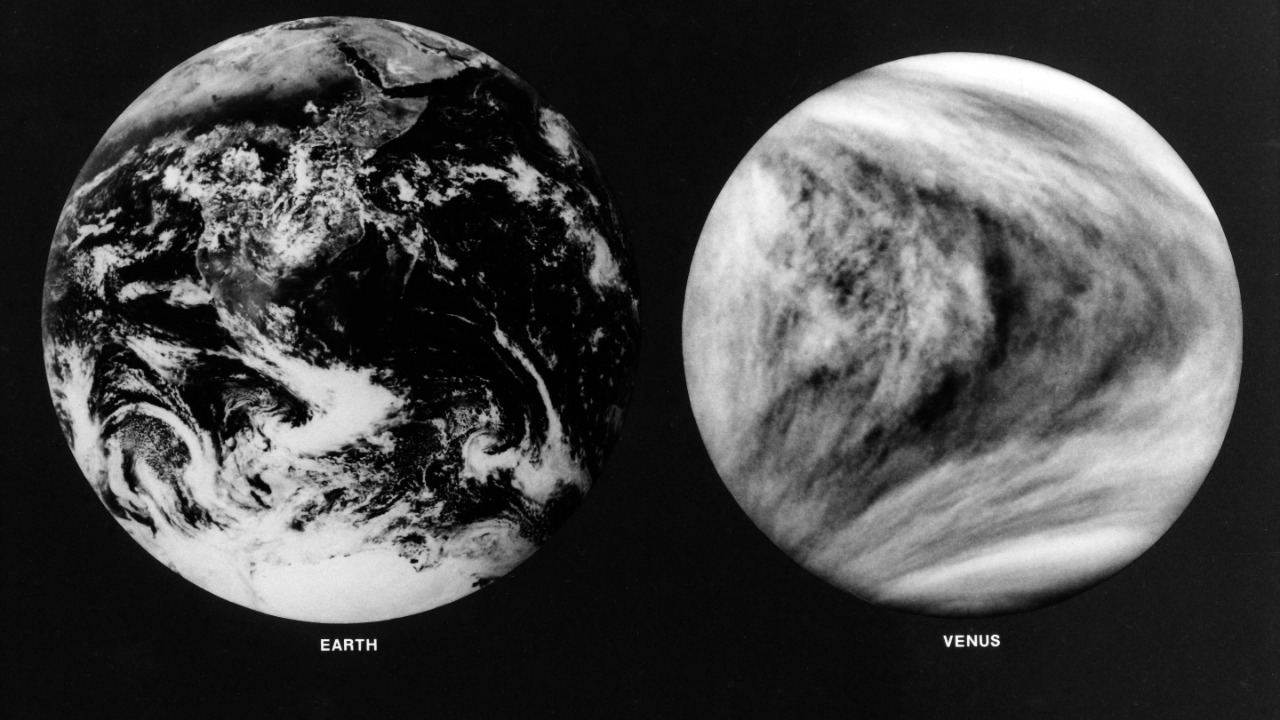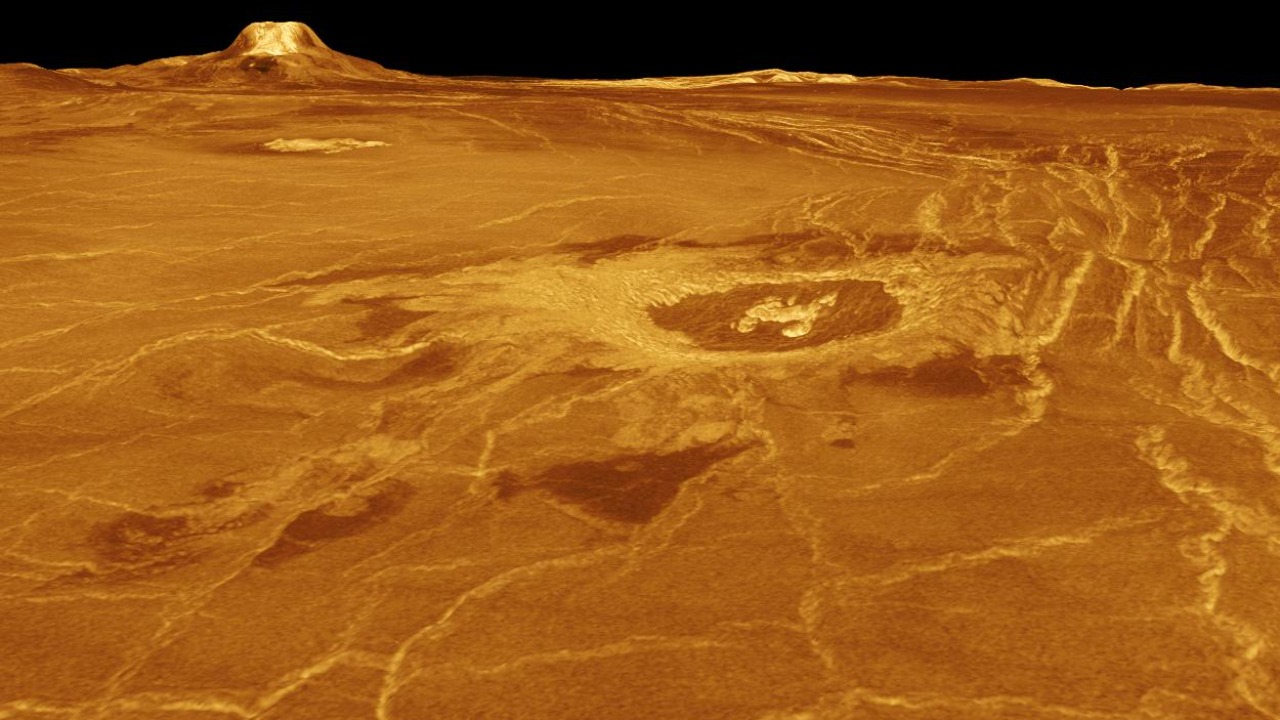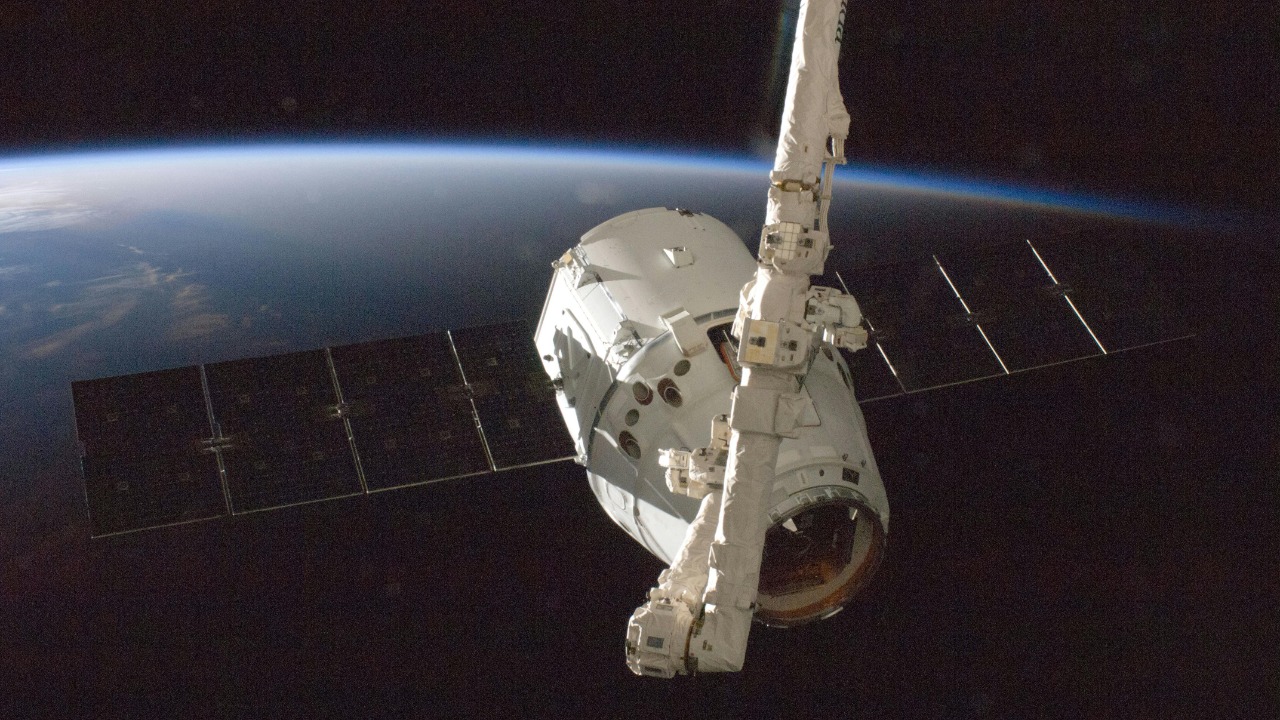
Venus, often considered Earth’s twin due to its similar size and proximity, presents a starkly different environment characterized by extreme temperatures and atmospheric pressure. Amidst these harsh conditions, recent studies suggest that the planet’s clouds may harbor life forms that thrive in acidic environments. This article explores the possibility of acid-based life in the Venusian clouds, the scientific discoveries that support this hypothesis, and the implications for our understanding of life beyond Earth.
The Harsh Environment of Venus

Extreme Atmospheric Conditions
Venus is notorious for its extreme atmospheric conditions, which are vastly different from those on Earth. The planet’s surface is shrouded in a thick atmosphere composed primarily of carbon dioxide, with surface temperatures soaring to nearly 900 degrees Fahrenheit (475 degrees Celsius). This intense heat is complemented by surface pressures that are approximately 92 times greater than those found on Earth, akin to conditions deep under the ocean.
The Venusian atmosphere is also rich in sulfuric acid, contributing to the formation of dense, reflective clouds. These clouds obscure the surface from view and create a hostile environment for traditional life forms. However, the dense sulfuric acid clouds also present a potential niche for life adapted to such extreme acidity.
The Cloud Layer
Within these sulfuric acid clouds lies a layer of interest for astrobiologists. Positioned at altitudes between 30 and 40 miles above the Venusian surface, this cloud layer is characterized by temperatures and pressures that are less extreme, raising the possibility of habitability. The conditions here, while still acidic, are less intense than those on the planet’s surface, offering a glimmer of hope for the existence of life.
Sulfuric acid clouds pose both a challenge and a potential habitat for life. The harsh acidity might be detrimental to many known life forms, yet it may also serve as a haven for extremophiles that thrive in acidic environments. This paradoxical nature makes the Venusian cloud layer a fascinating subject for the search for extraterrestrial life.
Scientific Discoveries and Theories

Recent Observations and Missions
Recent missions have intensified the study of Venus, particularly its atmosphere. Noteworthy among these is the UK-led VERVE mission, which aims to probe the clouds for signs of life. Preliminary data from such missions have hinted at intriguing chemical signatures that suggest the presence of potential biological processes.
Observations and studies have focused on detecting anomalies in the Venusian atmosphere that could indicate biological activity. For instance, the unexpected presence of certain gases has raised questions about their origins, leading to hypotheses that they might be produced by life forms or chemical processes similar to those seen on Earth.
Chemical Stability and Amino Acids
The potential stability of amino acids in Venus’s sulfuric acid clouds is a topic of great interest. Amino acids, the building blocks of life, must remain stable to support life processes. Studies suggest that certain amino acids might remain stable in acidic environments, hinting at the possibility of life processes occurring within the Venusian clouds.
Furthermore, the concept of acid-neutralizing processes has gained traction. Such processes could help mitigate the harsh acidity of the clouds, creating microenvironments where life could potentially thrive. This idea challenges our understanding of life’s adaptability and encourages a reevaluation of what constitutes a habitable environment.
The Possibility of Acidophilic Life Forms

Understanding Acidophiles
Acidophiles are organisms that thrive in acidic environments, and they provide a valuable model for understanding potential life on Venus. On Earth, acidophiles can be found in environments such as acidic hot springs and sulfuric acid-rich mines. These organisms have adapted to survive and even flourish under conditions that would be lethal to most life forms.
By studying Earth’s acidophiles, scientists can infer possible mechanisms that might allow life to exist in Venus’s clouds. These extremophiles offer clues into how life might adapt to extreme acidity, providing a framework for considering life beyond Earth.
Adaptation Mechanisms
The biochemical adaptations that might enable organisms to live in Venus’s acidic clouds are a subject of speculation and study. Possible mechanisms include specialized cell membranes that can withstand acidity and metabolic processes that neutralize or utilize sulfur compounds.
Understanding these adaptations is crucial for astrobiology, as they could guide the search for life in similarly harsh environments on other planets. These insights may also inform the development of technologies and methodologies for detecting life in extreme conditions.
Implications for Astrobiology

Redefining Habitability
The prospect of life in Venus’s clouds challenges traditional notions of habitability, which often focus on Earth-like conditions. The idea that life could exist in such a hostile environment suggests that the definition of a habitable zone may need to be broadened to include places previously deemed inhospitable.
This shift has profound implications for the search for extraterrestrial life, as it expands the range of environments that might be considered suitable for life. It underscores the importance of studying diverse planetary environments to fully understand the potential for life beyond Earth.
Future Research and Exploration
Future missions, such as NASA’s proposed DAVINCI+ and VERITAS missions, aim to further explore Venus’s atmosphere and surface. These missions will employ advanced technologies to analyze the planet’s atmospheric composition and surface geology, providing critical data that could confirm the presence of life or refine our understanding of Venusian conditions.
Continued research is essential for unraveling the mysteries of Venus and assessing its potential to host life. By advancing our knowledge of Venus, we can better understand the processes that might allow life to exist in extreme environments, thereby informing our search for life in the universe.
Venus as a Model for Exoplanetary Studies

Comparative Planetology
Studying Venus offers valuable insights into the atmospheres of exoplanets. As one of the most Earth-like planets in our solar system, Venus serves as a natural laboratory for understanding atmospheric dynamics and chemical processes that might also occur on distant worlds.
By comparing Venus to exoplanets with similar atmospheric conditions, scientists can refine models of planetary atmospheres and identify potential biosignatures. This comparative approach enhances our ability to detect and interpret signs of life on planets beyond our solar system.
Lessons for Exoplanet Exploration
The findings from Venus have the potential to inform the search for life in similar environments on other planets. Discovering acidophilic life forms in such harsh conditions would suggest that life’s adaptability is greater than previously thought, encouraging the search for life in seemingly uninhabitable places.
These lessons from Venus underscore the importance of exploring a wide range of planetary environments. By expanding our understanding of where life could exist, we increase the likelihood of discovering extraterrestrial life, fundamentally altering our perspective on life in the cosmos.